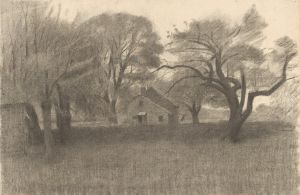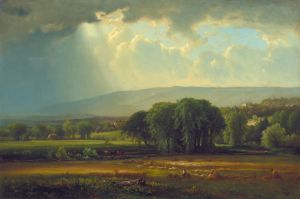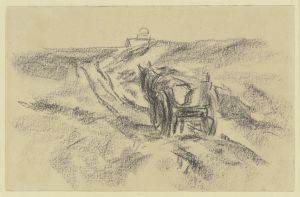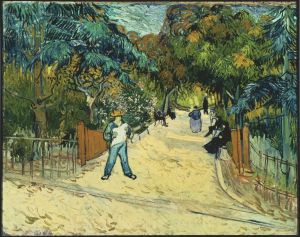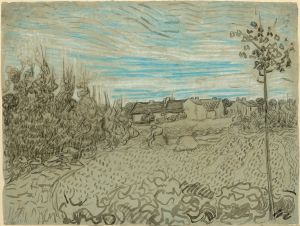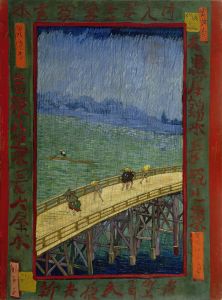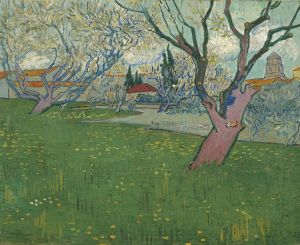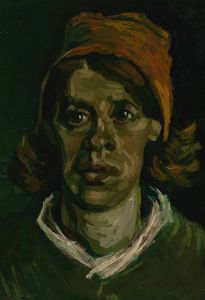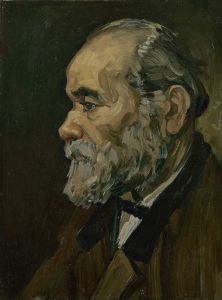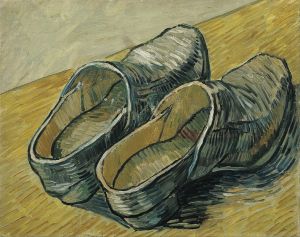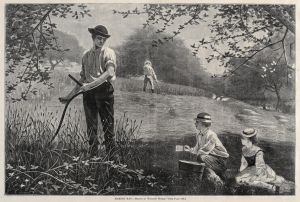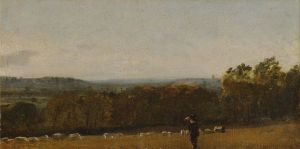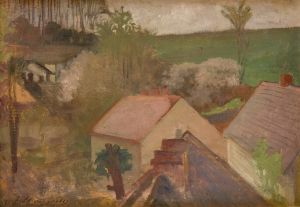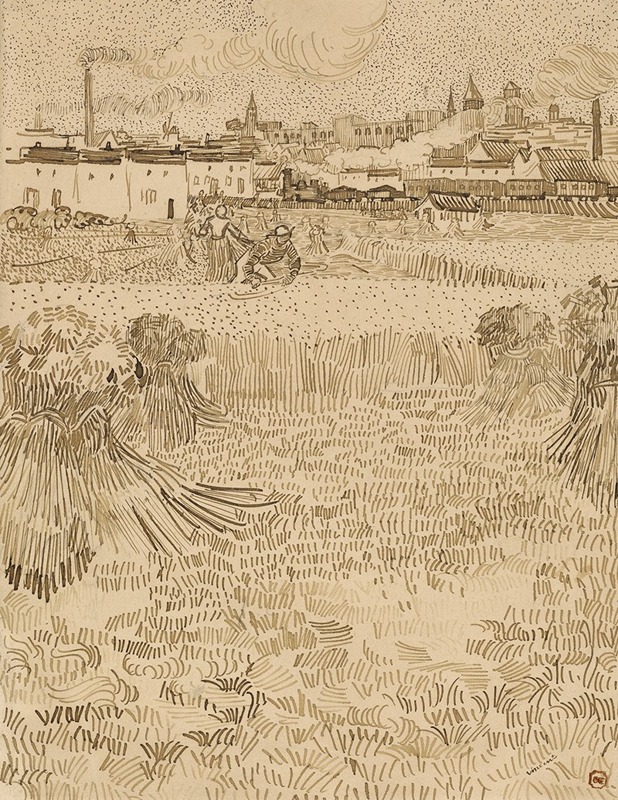
Arles; View from the Wheatfields
A hand-painted replica of Vincent van Gogh’s masterpiece Arles; View from the Wheatfields, meticulously crafted by professional artists to capture the true essence of the original. Each piece is created with museum-quality canvas and rare mineral pigments, carefully painted by experienced artists with delicate brushstrokes and rich, layered colors to perfectly recreate the texture of the original artwork. Unlike machine-printed reproductions, this hand-painted version brings the painting to life, infused with the artist’s emotions and skill in every stroke. Whether for personal collection or home decoration, it instantly elevates the artistic atmosphere of any space.
"Arles; View from the Wheatfields" is a painting by the renowned Dutch artist Vincent van Gogh, created in 1888 during his prolific period in Arles, a town in the south of France. This painting is part of Van Gogh's extensive exploration of the landscapes and natural beauty of the region, which significantly influenced his artistic style and output.
Vincent van Gogh moved to Arles in February 1888, seeking the bright light and vibrant colors of the southern French countryside, which he believed would enhance his work. The period he spent in Arles was one of the most productive phases of his career, during which he created numerous paintings that are now considered masterpieces. His time in Arles was marked by a deep connection with the rural environment, which he depicted in vivid colors and dynamic brushstrokes.
"Arles; View from the Wheatfields" captures the essence of the Provençal landscape, characterized by expansive wheat fields, rolling hills, and the clear, bright skies of the region. Van Gogh was particularly fascinated by the wheat fields around Arles, which he painted repeatedly, each time capturing different moods and times of day. This painting reflects his interest in the cycles of nature and the rural life that surrounded him.
The composition of the painting is typical of Van Gogh's style during this period, featuring bold, swirling brushstrokes and a vibrant color palette. The wheat fields are depicted in rich yellows and golds, contrasting with the blues and greens of the sky and distant hills. Van Gogh's technique of using thick, expressive brushstrokes adds a sense of movement and energy to the scene, conveying the artist's emotional response to the landscape.
Van Gogh's time in Arles was also marked by his exploration of color theory and his desire to capture the essence of nature through his unique use of color. He was influenced by the works of other artists, such as the Impressionists, but developed his distinct style characterized by intense colors and emotive compositions. "Arles; View from the Wheatfields" exemplifies this approach, showcasing his ability to transform a simple rural scene into a powerful expression of his inner vision.
The painting is part of a larger body of work that Van Gogh created during his stay in Arles, which includes other famous works such as "The Starry Night Over the Rhône" and "The Yellow House." These paintings collectively illustrate Van Gogh's fascination with the Provençal landscape and his innovative approach to capturing its beauty.
Today, "Arles; View from the Wheatfields" is appreciated not only for its aesthetic qualities but also for its insight into Van Gogh's artistic development and his profound connection with the natural world. The painting remains a testament to Van Gogh's enduring legacy as one of the most influential figures in the history of Western art.





